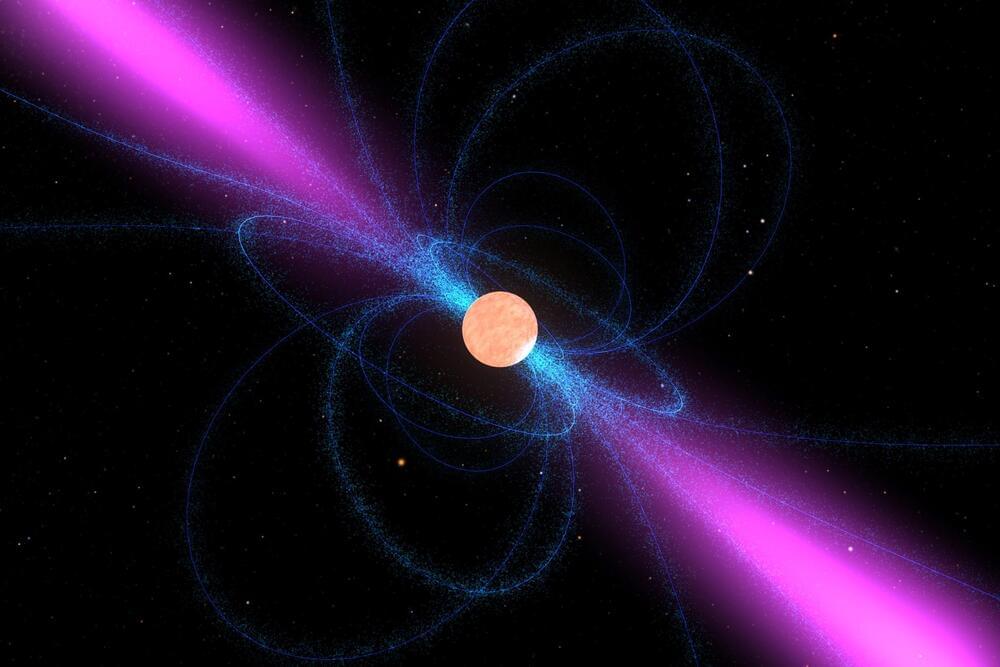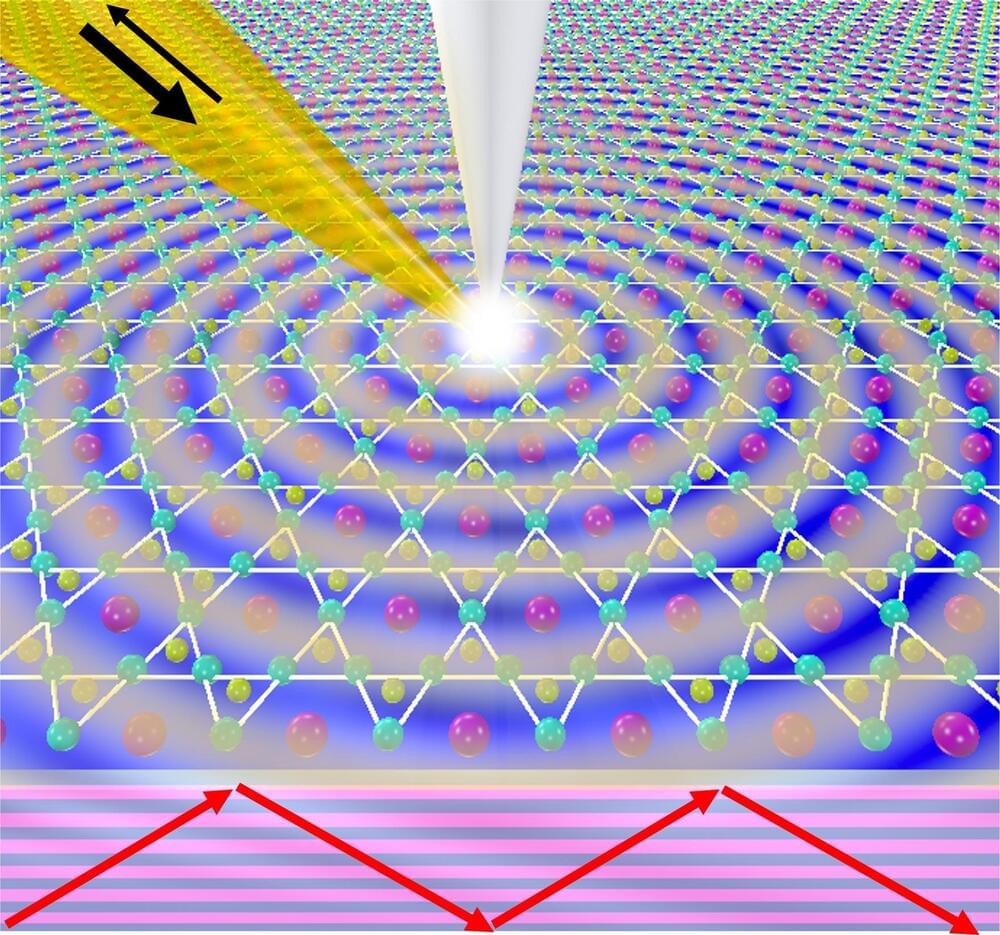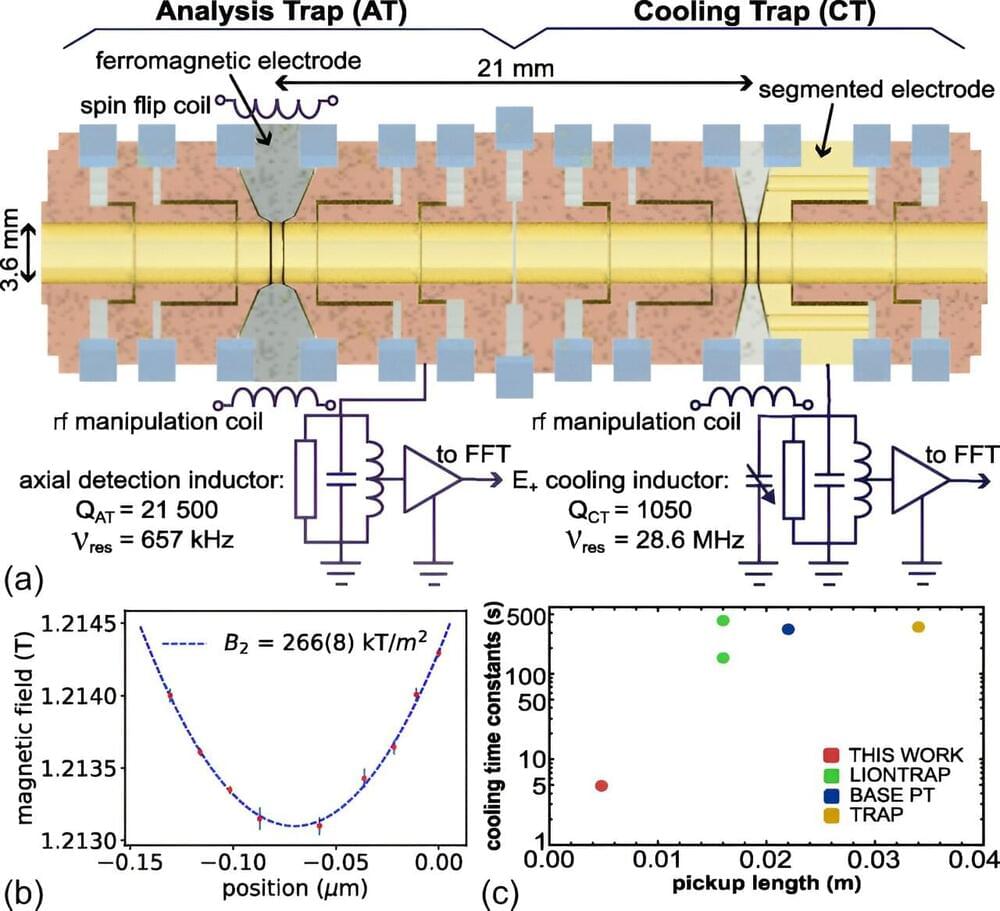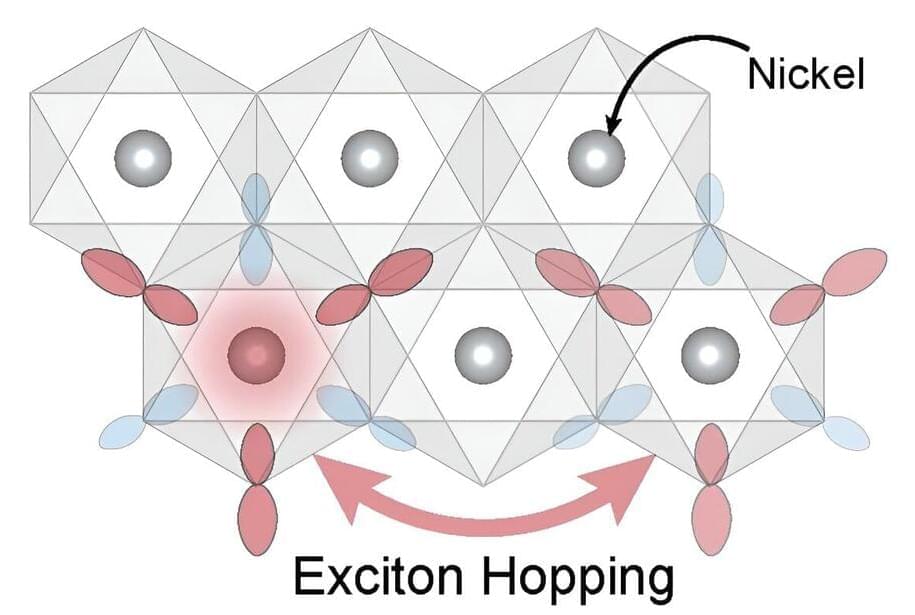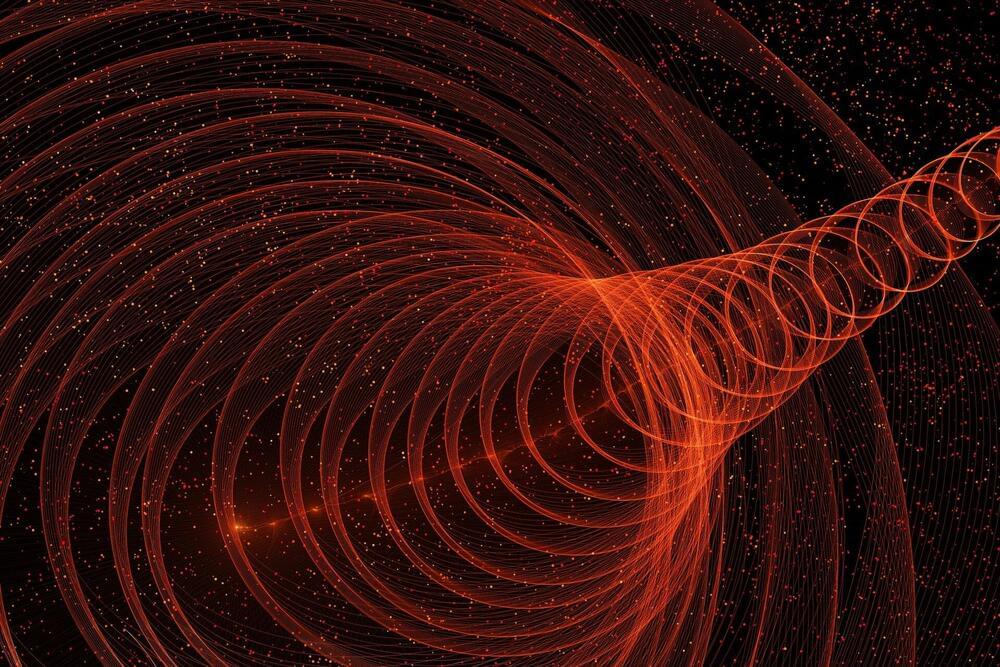Aug 2, 2024
Astronomers Detect Potential Dark Matter Objects in Space Using Pulsars
Posted by Saúl Morales Rodriguéz in category: cosmology
Evidence for potential dark matter objects has been detected using pulsars, which are neutron stars emitting regular beams of radio waves.
These beams were analyzed by Professor John LoSecco, revealing variations and delays that indicate the presence of unseen mass, likely dark matter. LoSecco utilized data from the PPTA2 survey, involving precise measurements from several radio telescopes. The study found around a dozen instances where dark matter likely influenced pulsar signals. This research not only helps in understanding dark matter but also improves pulsar timing data for other astronomical studies.
Detecting Dark Matter With Pulsars
